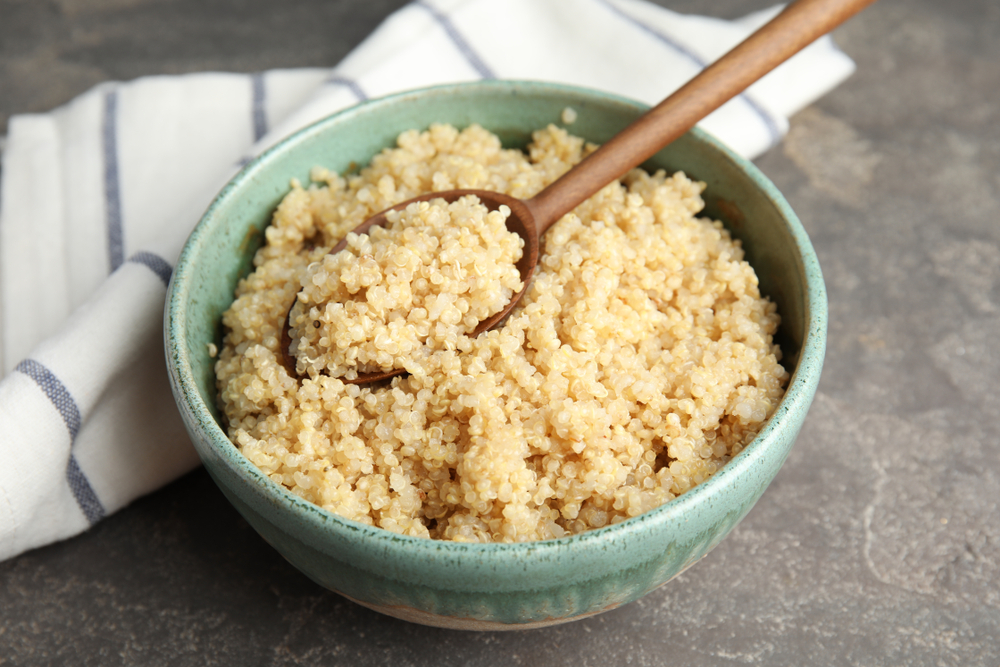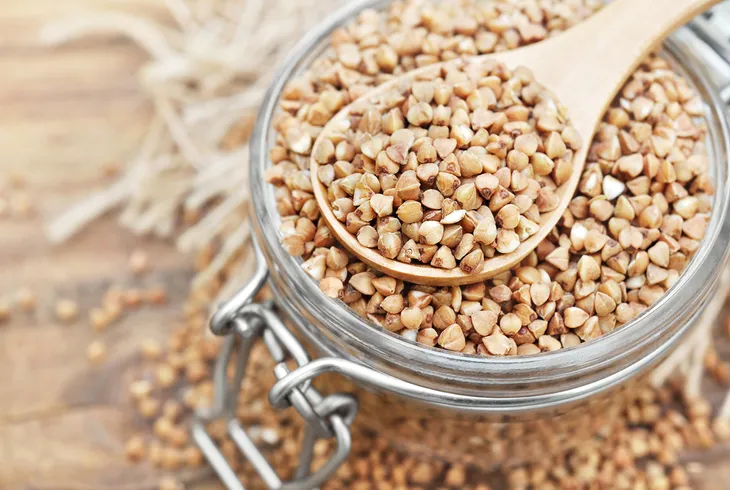The number of people opting for a gluten-free diet has been rising steadily over the past several years. For many this a lifestyle choice, but for those with celiac disease it’s necessary. An autoimmune disorder, celiac disease is triggered by the consumption of gluten—a protein found in grains such as wheat, barley and rye.
Since many food products are made using these grains, or come in contact with them during the production process, those with celiac disease may feel limited in what they can eat. The good news is that the number of gluten-free grains actually outweighs those that contain it, offering plenty of options. Here are nine varieties to consider trying.
Amaranth
Amaranth may not be widely known or used in many parts of the world, but this grain (which is actually a seed) is very popular throughout South America and in countries like Mexico and Nepal. In fact, the Aztecs began domesticating the crop approximately 6,000 to 8,000 years ago for use in religious practices and as a major food source.
And for good reason! This grain offers a myriad of health benefits. In addition to being naturally gluten-free, amaranth is a rich source of calcium, iron, magnesium, potassium and calcium. It is also one of the only grains that contain vitamin C, and recent studies have shown that it can be beneficial for lowering cholesterol.
Buckwheat
Like amaranth, buckwheat is a seed. And despite what its name implies, it is not related to wheat, nor is it even the seed of a grain. It’s actually the seed of a fruit that’s related to rhubarb and sorrel.
A good source of fiber, magnesium, manganese and phosphorus, buckwheat is available as a flour or in whole grain form, known as groats. If roasted, the groats will taste nutty and earthy. Unroasted, they have a mild, subtle flavor.
Corn
While many people look at corn as a vegetable, it is actually considered a whole grain. Late summer and early fall is the perfect time to chow down on freshly picked sweet corn. When it’s not in season, however, corn can still be enjoyed from frozen or in a can.
Alternatively, cornmeal, corn flour, grits or polenta can be used. But be sure to purchase products that are labeled ‘whole corn’ or ‘whole grain corn,’ as the Oldways Whole Grain Council says that those made from ‘degermed corn’ are not whole grain, meaning “the nutritious germ has been removed from the corn.”
Millet
Millet is yet another seed that’s treated like a grain. It has been a consumed in parts of Asia, India and Africa for more than 10,000 years, and even predates rice and wheat in these areas.
When dry, it’s quite small—approximately the same size as a mustard seed— but full of nutritional goodness. Millet is a valuable source of fiber and protein, as well as minerals such as magnesium, potassium, phosphorus and zinc. Available in colors such as white, yellow, gray and red, millet has a light, nutty flavor.
Oats
A cereal grain, oats must be hulled and then steamed in a kiln before they can be processed into one of several forms, including rolled oats, steel cut oats, oatmeal or oat flour. Oats are an excellent source of carbohydrates and fiber, as well as vitamins and minerals such as manganese, phosphorous, magnesium, iron and zinc. They also contain more protein and healthy fats than many other grains.
It’s important to note that while oats are naturally gluten-free, they are often processed in facilities that also mill wheat, so be sure to look for packages that are labeled gluten-free.
Quinoa
The popularity of quinoa has exploded as of late, but it has been a staple food in South America for over 5,000 years. Although not technically a grain, it is consumed as such because its nutritional profile is very similar. Quinoa grows in the Andes Mountains on broad-leafed plants that are part of the same family as sugar beets and spinach.
Considered to be a superfood, quinoa offers many health benefits. In addition to being a complete protein, it contains nearly twice as much fiber as other grains and is an excellent source of iron, magnesium, vitamin B2 and manganese.
Rice
Rice is a staple food in the diets of billions of people around the world. While white, brown and wild rice are among the most commonly consumed, more than 100 varieties are grown.
The nutritional value of rice largely depends on the type being consumed. Brown rice, for instance, is much richer in vitamins and minerals—like manganese, magnesium and copper—than white rice. It is also rich in fiber and can help to lower cholesterol, reducing risk of heart disease.
Sorghum
Originating in Africa over 4,000 years ago, sorghum is now a major grain crop in North America, as both humans and livestock can consume it. A good source of carbohydrates, fiber, healthy fat and protein, sorghum also contains vitamins and minerals like magnesium, copper and iron.
In flour form, it is likened to that of wheat, which makes it a good alternative for baking. When cooked in grain form, it has a nutty flavor and is chewy in texture. It can also be popped the same way as kernels of corn.
Teff
Another pseudo-grain, teff is native to Ethiopia and Eritrea where it has been cultivated for thousands of years. It might be the tiniest whole grain on Earth, but each seed is packed full of nutrients—including protein, fiber, iron and calcium.
Teff is most commonly found in its brown variety, and can be prepared in much the same way as quinoa and rice, or made into porridge, but due to its size cooks much faster. It is also available as flour, lending its mild flavor well to certain breads and foods that contain rich spices.












